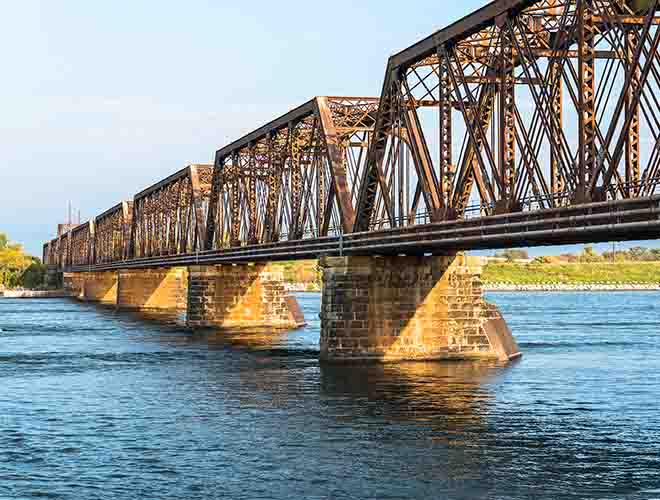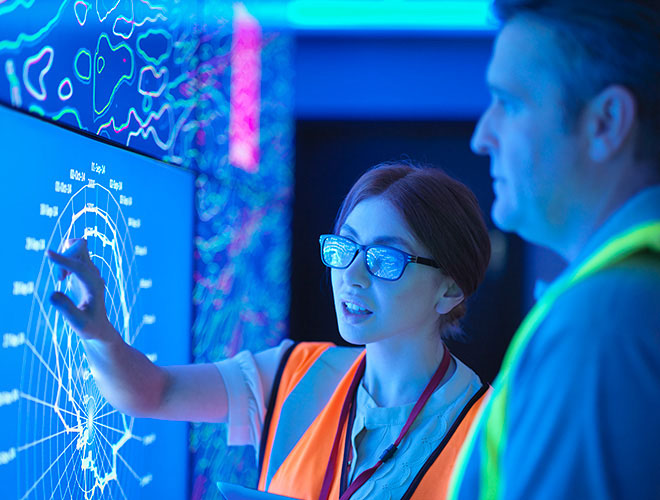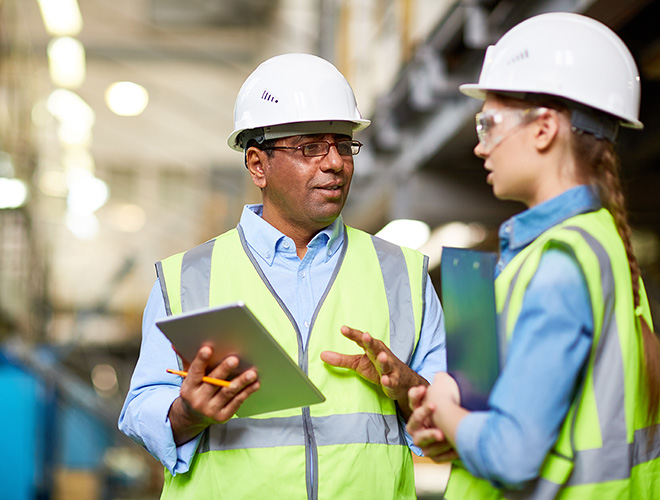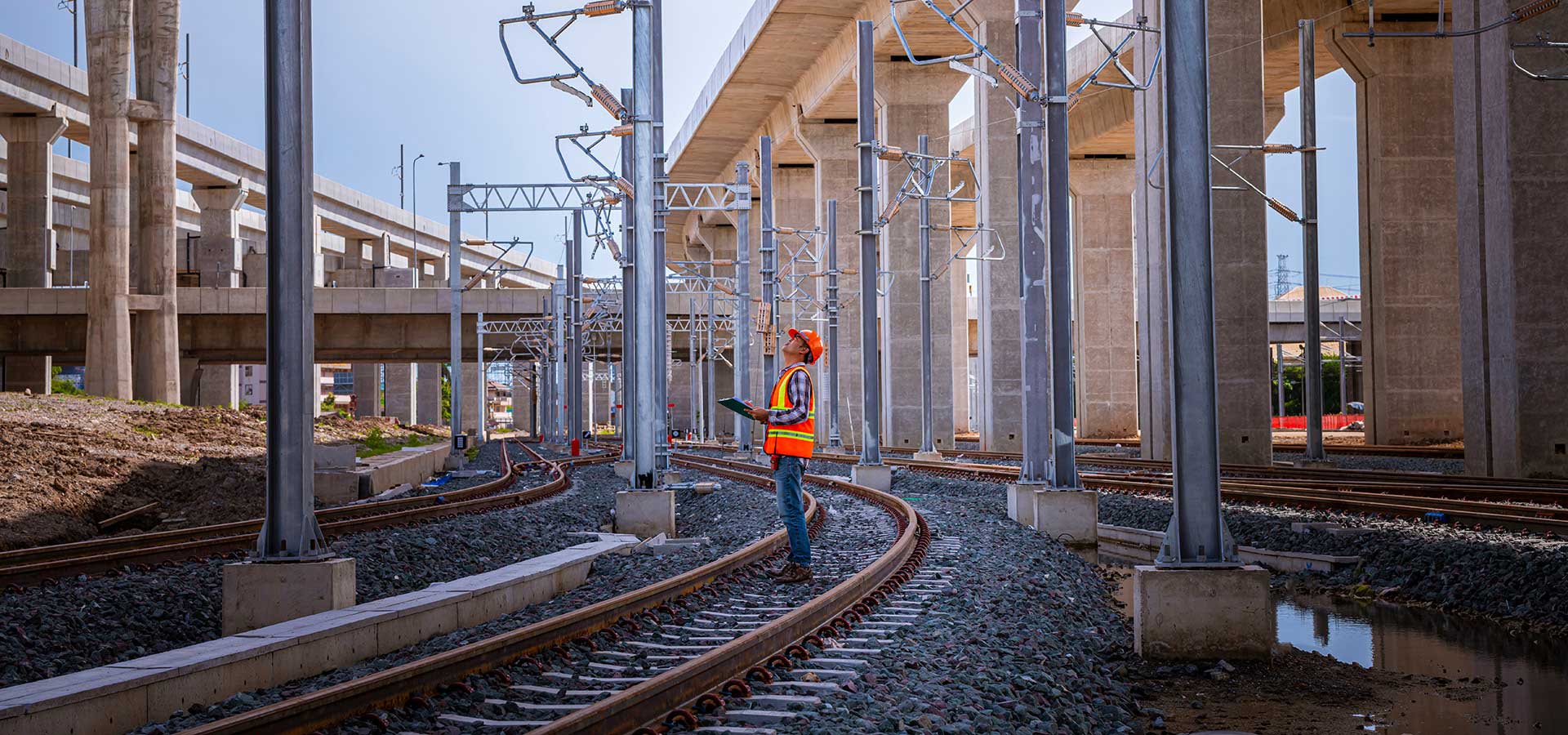Civil and Transportation Infrastructure
Enable collaboration, governance, and virtual twins across your ecosystem and project lifecycle
Challenges faced by the Civil and Transportation Infrastructure Industry
Discover how you can master them
- Aging Infrastructures
- Asset Lifecycle Costs
- Collaborative Contracting
- Sustainability, Health & Safety
- Budgets & Skills Shortages

Aging Infrastructure
Today, 55% of the current world’s population – 4.4 billion inhabitants – lives in cities, and this number expected to more than double by 2050. New and revitalized infrastructure will be imperative to meet the economic growth and demands of urban and rural inhabitants.
Project participants are looking to collaborate more often and more efficiently to align across the project ecosystem from inception, design, construction, handover and into the lifecycle of the project to ensure deadlines are met and performance objectives attained.

Asset Lifecycle Costs
Over 80% of the lifecycle cost of a project is spent in operations leaving 20% for planning, design and construction.
Project participants are looking to gain greater insight and control to minimize costs in project design and delivery as well as improve operations and maintenance costs. If more time is spent to not just improve delivery but to also design for operations, the return on the investment will be exponential. Starting with the end in mind requires better integration from the project’s inception.

Collaborative Contracting
Owners are moving to more collaborative agreements and operating models such as integrated project delivery (IPD) or project alliances rather than traditional construction practices.
Under these models of shared risk and reward, key partners (the Owner, Engineer or Architect, Contractors, and Operators) are seeking to introduce better governance, visibility and collaboration to work together more efficiently, earlier in the project, from preplanning to developing the project scope, schedule, and budget, through design and into delivery to improve handover and lower the cost of operations.

Sustainability, Health & Safety
Construction professionals are taking a "Safety First" position to minimize risk to project participants by changing equipment, tools, and processes to prevent occupational injuries or fatalities on the job-site. At the same time, climate change, aging assets, and increased urbanization are all driving the construction ecosystem to look at the impact they have during project delivery as well as across the lifecycle of the project.
Owners are therefore seeking means to ensure infrastructure resilience and safety in order to Increase focus on sustainability, health & safety during occupancy.

Budgets & Skills Shortages
Many skilled workers have left the workforce while others are reaching the age of retirement. With a deficit of young skilled workers ready to enter the industry, the result is an overstretched skilled workforce, project delays, and increased costs.
Supply chain challenges are also driving the cost of materials up while limiting availability. All of these are impacting both the delivery and maintenance of capital projects. The project ecosystem is therefore seeking out new ways of working and doing things that will enable them to do more with less.
